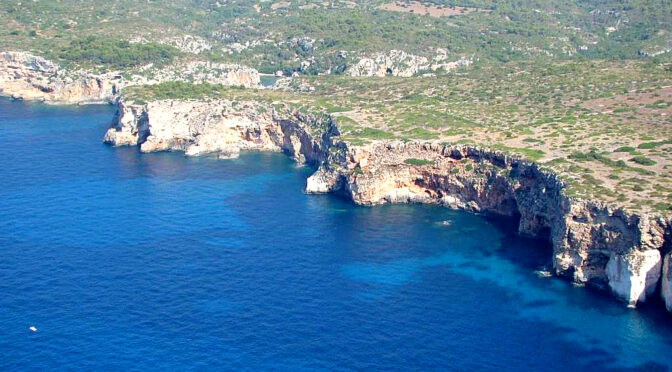Views: 174
These weeks, the shearwaters are returning to Menorca —a bird closely linked to the sea. Of the two species we have, the smaller one breeds only on these islands. They behave like some Menorcans who, at the end of June, stop going to the beach and return well into October.
Around Saint John’s Day, the chicks are already grown, and the whole colony begins a journey south, surrounding the Iberian Peninsula until reaching the Cantabrian coast or even farther north. At the end of summer, they take the same route back to where they were born.
In recent years, many Menorcans have learned that residents should go to the beaches between autumn and spring. During summer, many places no longer offer either a pleasant landscape or a real connection with nature. Tourist overcrowding degrades its own attraction.
We do not know whether the massive arrival of visitors also affects the shearwaters, but the truth is that they leave the islands and islets to feed on sardines, squids and small fish elsewhere. During this time, they hardly touch land. To drink seawater, evolution has equipped them with their own desalination system, located on their beak.
When the warm season fades, these ancient inhabitants —present long before humans— return to the refuge of the cliffs. Some become dazzled by the lights of our towns, ending up on the ground, disoriented and vulnerable. It is important to help them so they do not get run over or killed by stray cats. A cardboard box and a phone call are enough to return them safely to their habitat.
The current dynamics of human pressure on the island are a real challenge —a race where the economy of quick profits clashes with the rights to housing, drinking water and community identity. It takes analysis, organisation, resilience and perseverance to face such threats.
Shearwaters die caught on longline hooks, covered in spilled hydrocarbons, or attacked by rats and cats when they are on land. Years ago, people hunted them in the Pityusic Islands. Although they’ve been legally protected for years, they still sail toward shipwreck —their status remains critically endangered, and their numbers are declining.
Now they will stay with us for a few months. By February, they will lay a single egg. They will go fishing and return under the night sky. Then, their deep guttural sounds —whether calls or laments— will once again echo through the cliffs.
A walk along the beaches after the summer frenzy reveals trampled dunes, litter hidden under bushes, and paths eroded by vehicles. Yet the welcoming landscape, the soothing scenery, the nourishing atmosphere have returned.
It is a time to heal, to restore. A time to understand and to connect. A moment to recognise the island’s essence and uniqueness —to reflect on the present and envision the future.
To wish that the swift grey silhouette of the shearwater continues filling the evenings with sound, and that the island may find a ray of light to reach the dawn with greater chances of preservation.
(This text is an adaptation of the original article published by Miquel Camps, as coordinator of territorial policy for the GOB, in the Menorca newspaper on 13/10/2025).

